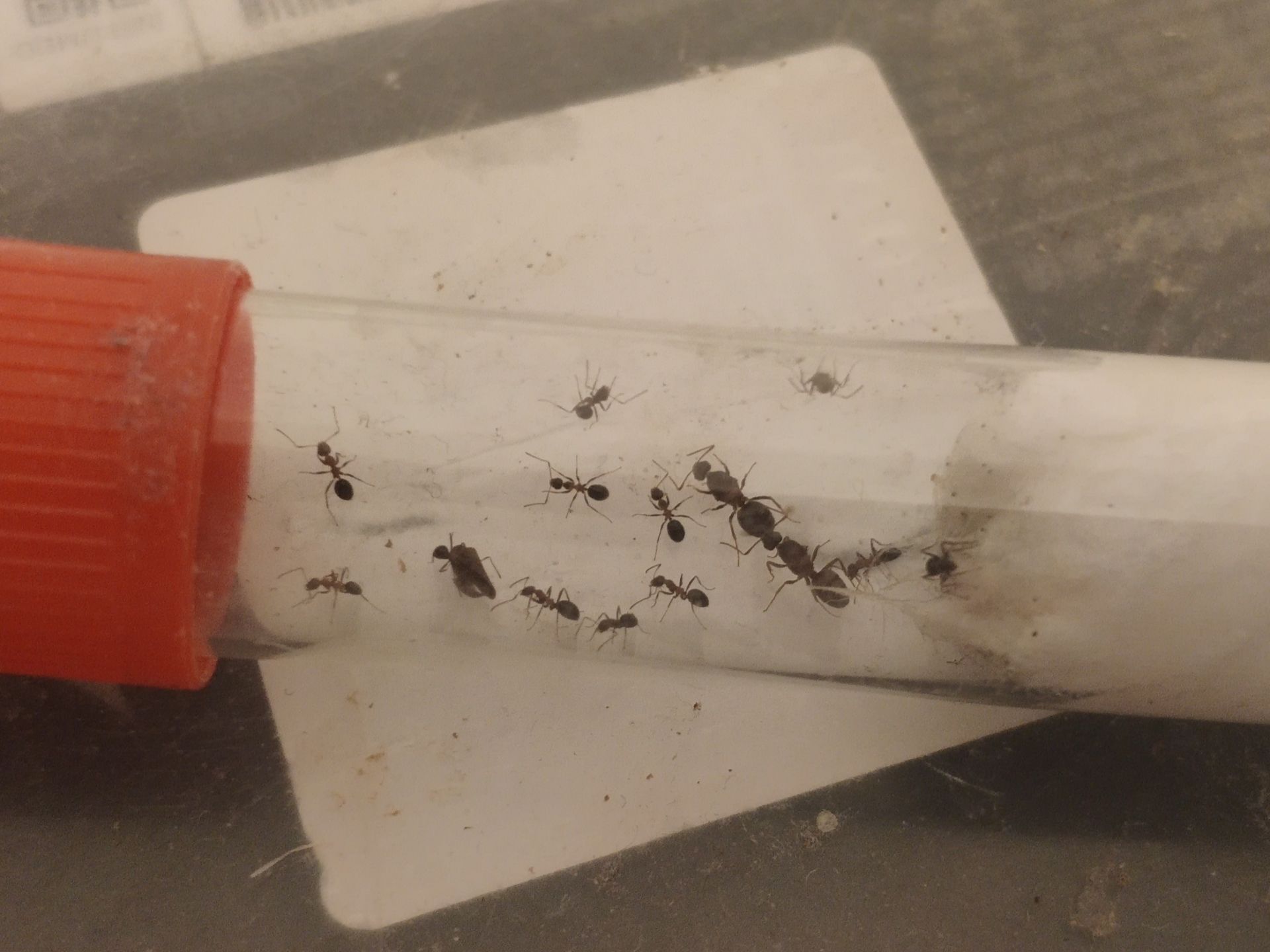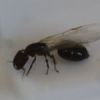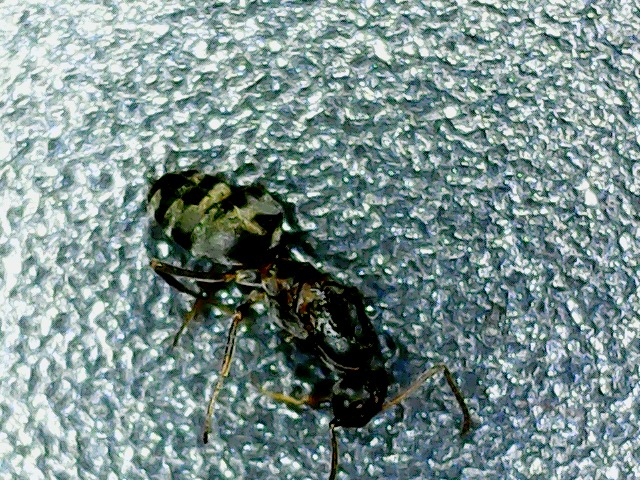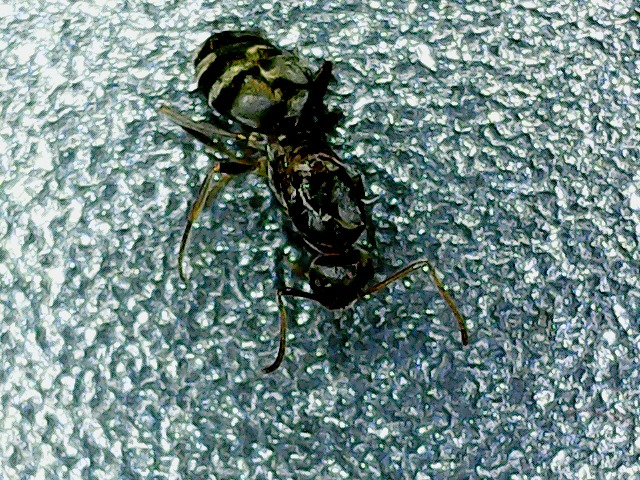


Fairly sure these are Lepisiota frauenfeldi. Do the workers have unusually structured propodeums?
Edited by Manitobant, October 28 2020 - 6:03 PM.
Thank you friends!
I thought it could be L. frauenfeldi too ![]()
Fairly sure these are Lepisiota frauenfeldi. Do the workers have unusually structured propodeums?
Not sure if anything can be seen from the photos taken by this ghastly microscope, but here it is... I cannot spot spines...hm


Workers have more distinct spines that gynes.
0 members, 0 guests, 0 anonymous users